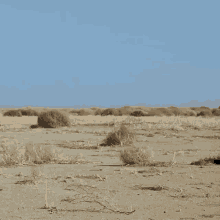
Since light cannot travel in a straight line through the ice, it appears cloudy.īut with the exact right conditions, it is possible to form clear ice. The key is to freeze water very slowly so that impurities and air bubble have a chance to rise to the surface and, in the case of air, escape. A slow freezing also allows bigger ice crystals to form, which have few surfaces to scatter light. Credit: Michal Klajban via Wikimedia Commons Veľké Hincovo pleso in the High Tatras, Slovakia. In the case of this natural glacier lake, it is likely that the water is very pure. On a map, Veľké Hincovo pleso doesn't appear to have any rivers feeding into it, so clean rain is probably its main source of water. A lack of impurities and gases is crucial to forming clear ice.

This lake may have then frozen slowly at high temperature close to 32 degrees Fahrenheit, perhaps even in layers as it rained and then froze.įinally, the hikers in the video appear to walk on a fairly shallow portion of the lake. This thin layer of ice means light has less distance to travel and thus less chance to scatter before reaching your eye. Partly because it is so temperamental to form, clear ice is captivating and highly prized by ice sculptors and bartenders in swanky restaurants.
#Tumbleweed gif for facebook professional
Professional ice machines often freeze agitated or flowing water slowly in layers to create that crystal clear ice.Ĭlear ice sculpture. Credit: Cropped from Tom & Katrien via Flickr #TUMBLEWEED GIF FACEBOOK WALL EMPTY PROFESSIONAL# If you're interested in creating clear ice at home, then check out this list of clear ice experiments created by Camper English for his cocktail science blog Alcademics. He has lots of low-tech recipes that you can use to impress your friends this Christmas.Īnd if you find ice fascinating, you wouldn't be alone. #TUMBLEWEED GIF FACEBOOK WALL EMPTY PROFESSIONAL#Įven today scientists are still studying how ice crystals form.


 0 kommentar(er)
0 kommentar(er)
